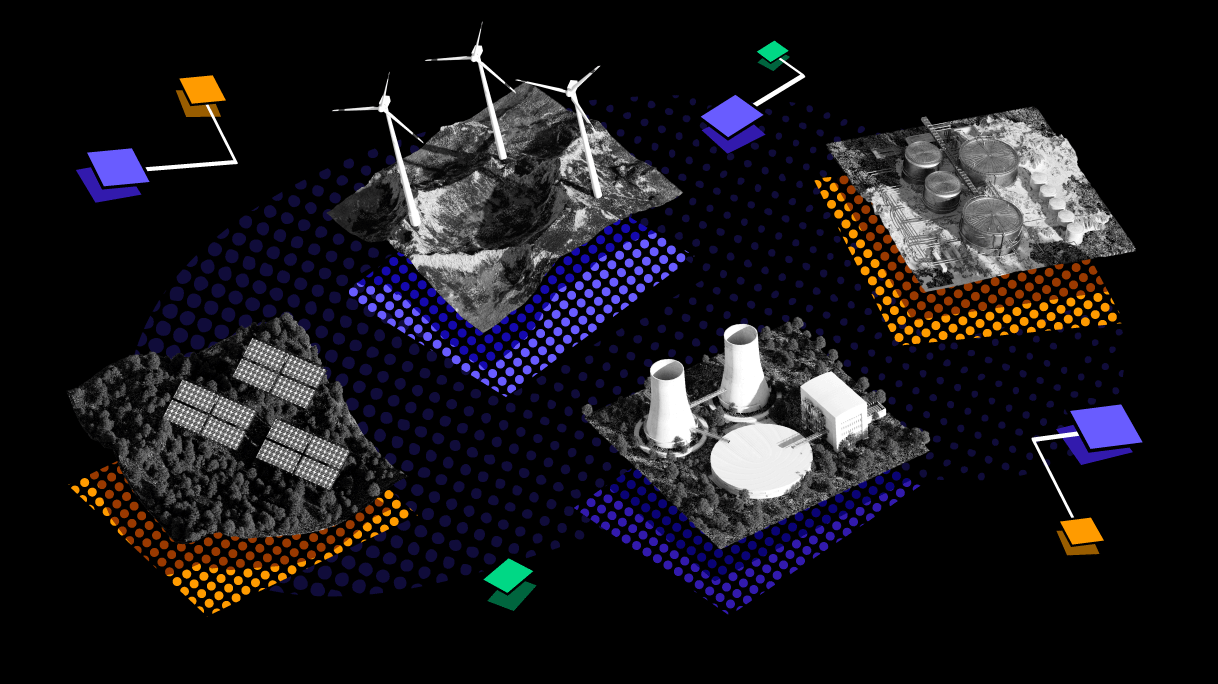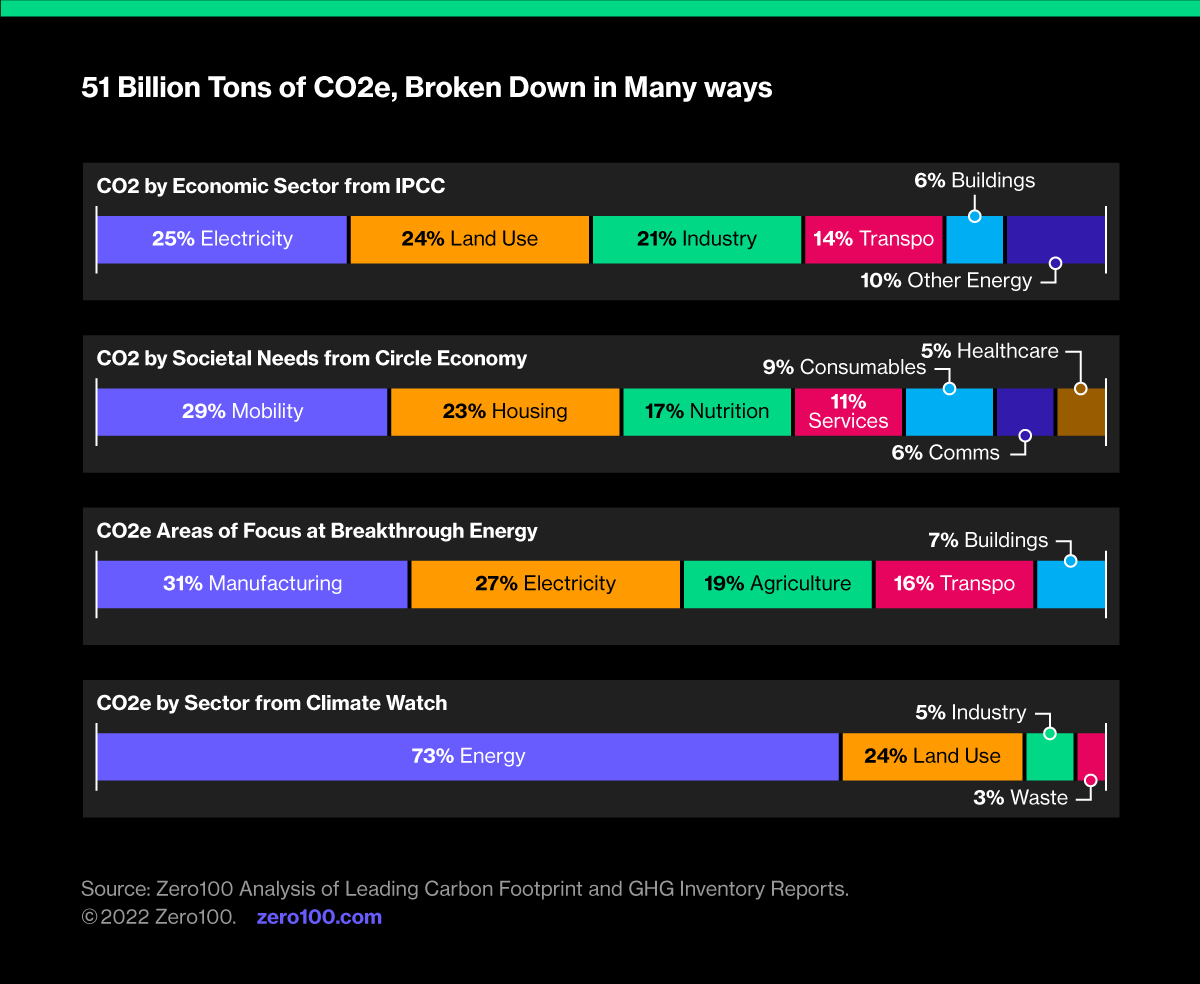
Green Hydrogen Is No Silver Bullet, But Clean Energy Systems Might Be
Scope 3 strategies should seek ways to marshal market demand and supplier innovation to foster not only new energy technologies like green hydrogen, but clean energy systems that transform entire value chains.
Technology-as-savior is baked into the philosophy of our post-industrial era, so the pitch for green hydrogen sounds compelling. And yet, like other tech-dependent energy revolutions including superconductivity, modular nuclear reactors, and fusion energy, it is just one part of a portfolio of clean energy sources attempting to reverse growth in greenhouse gas emissions.
Better Than a Better Mousetrap
For supply chain leaders, the takeaway is not to simply sit back and wait for this process to play itself out. Rather, think in terms of “systems solutions,” as described by Agrawal, Gans, and Goldfarb in “Power and Prediction: The Disruptive Economics of Artificial Intelligence.”
Their research explains how technology transforms economics at three levels of increasing impact:
-
1
Point solutions, which apply the new tech to improve existing processes
-
2
Application solutions, which spawn new and better processes based on the tech
-
3
System solutions, which bundle tech, process, and network innovation to reinvent entire sectors
It’s the story behind the electrification of manufacturing, the rise of ecommerce retail, and the anticipated revolution of AI in knowledge industries. It’s a long-horizon game with definite winners and losers.
Supply chain leaders focusing on Scope 3 carbon can do more to get to net zero if they apply their buying power against a network strategy consciously designed to foster specific technologies at the appropriate level – point, application, or system – and in the right places. Green hydrogen should be embraced this way.
Decarbonizing the Steel Supply Chain
The New York Times’s recent front-page story on green hydrogen was anchored in an evocative tale of the Pilbara region of Western Australia where iron mines stretch for miles and gigantic equipment literally moves mountains to excavate, crush, sort and deliver iron ore to the world via truck, train, and ship. The article interviews Andrew Forrest who owns Fortescue Metals Group, which runs one of these mines, and is a big proponent of green hydrogen despite the “hundreds of billions” of investment dollars needed to develop it, and the operational challenges of transporting it in a liquefied state.
Forrest champions green hydrogen because of a unique combination of geographic characteristics in the Pilbara and operational needs of its main customer, the steel mills of China. Blast furnaces, supplied by ultra-heavyweight transportation, from a place with endless amounts of sun and wind make the vision of sprawling solar arrays and towering turbines electrolyzing water to isolate and liquefy carbon look financially viable. Forrest expects to save $1B per year by 2030 via switching to green hydrogen and a zero-emissions energy system.
For big buyers of steel, this could be a great step toward cutting Scope 3 carbon. Combining the demand of dozens of steel buyers would speed green hydrogen’s rise in Australia’s ferrous metals business, and probably other advantaged situations like Brazil with its hydropower edge or the U.S., with incentives in the IRA.
System solutions imply a total rethink of the value chain. Fortescue is pushing this idea from the supply side, but it will work better if customers downstream pool their thinking about how consumers benefit as well as how they collectively drive network savings on both cost and carbon.
Decarbonizing Everything, Everywhere, All at Once
Getting to net zero is mostly a matter of transforming energy, which according to Climate Watch accounts for 73% of the 51B tons of CO2e emitted each year globally. This includes electrification and green fuels for transport, and also power generation systems that don’t run on fossil fuels. We have argued that nuclear energy belongs in the plan along with renewables, to supply power grids that sustain EV fleets, housing, commercial buildings, and industry.

No single breakthrough will get us there, so the unlock is not really about science as much as spotting, sponsoring, and driving system solutions that make long-shot economics work with scale and a viable business case at the consumer end of the line. Supply chain network designs, supplier carbon reporting requirements, material science developments, and last mile logistics innovations can be intentionally architected to work in harmony with these new energy sources.
Scope 3 strategies should seek ways to marshal market demand and supplier innovation to foster not only new energy technologies, but clean energy systems.